“When the day is dawning … on a Cretan sunny morning,” sang Tony Christie (well, sort of) many years ago … “ How I long to be there …… Show me the way to Azogires …”
Azogires is a seemingly sleepy village above Paleochora. There are, however, many “hidden” delights to be uncovered and doing so makes for a splendid summer stroll.
Here’s a circular walk starting from the Alfa cafe in the village, taking less than two hours, but with so many sights, stories and legends that it might take far longer. But advice first, don’t set off to walk the road from Paleochora to Azogires; it’s 8km, practically all uphill, with little shade and no water en route, and will take the best part of two hours. Drive, or take a taxi, though in summer the early bus to Omalos passes through starting from Paleochora bus station, as does a mini-bus to Sougia at 1 pm and 5.15pm. Coming down is easier, or you could take the path to Anidri, an hour or so away, and return to Paleochora from there.
To start in the best possible way, drop in for a coffee or cold drink in the Alfa, and chat with the young owner, charismatic Eftichis (‘Lucky’) Koukoutsakis. Opposite is the Art Studio, with work by Gail Wareham (who painted the Welcome sign as you entered the village) and other artists; if it’s closed, the staff at Alfa have the key.
And so to the walk : set off up the road, past several commemorative plaques, and after 250m pass in front of, then after the bend, turn left up behind the Hotel Azogires, open all-year-round, often full in summer, but usually plenty of room here out of season, you may never leave ….
Opposite the hotel is the cave of St John the Hermit, and above is Agios Ioannis (St. John) the small 700-year-old church with graves of the Koukoutsakis family; look inside, where the altar is almost built into the rock.
The narrow winding path above leads up to an open area, with Agios Theodoros above to the left. This is unusual in being built S > N, not W > E as is normal. If it’s open, there are frescoes by the famous Ioannis Pagomenos (John the Frozen) from the 14thC. In the higher graveyard rest three ex-pats (Andy, Horst and Diane) who came to live in Azogires.
Now take the track down to re-join the main road, and turn right for 200m to reach the “jewel in the crown” of the village, the waterfall and pool in the Azogirianos river.
It’s a magical place under shady plane trees, and the pool some 2m deep, always cool and refreshing, sometimes more so …. Legends abound here, one is that if you come after midnight there are ‘nereids’ or water nymphs bathing, but beware – look at them and they will take your sight, talk to them and they will take your voice, stay with them and they will take your soul … Enjoy the peace and tranquility, watch brilliantly-coloured damsel and dragonflies, maybe have a swim and “power-shower” under the force, and take a cold drink from the river (there’s an ‘honesty box’ nearby.)
Walk (with care) down the path above the river where, during our winter of discontent, and after the storms of last spring … “the torrent down the rocky dell, came thundering loud and fast …” (Wordsworth of course.)
Rising slightly, detour right for 10m to an old ‘aloni’, a threshing circle used by the Koukoutzakis family for centuries, then the path winds down, passing a former water-mill (one of three here once, powering flour mills and a leather tannery) and taking you to an arched stone bridge in the Venetian style, but built in 1914.
Cross the bridge and walk down to a lower one, passing above the Holy Fathers’ spring; according to legend, John the Hermit, the leader of the 99 Saints, made a cross on the rock with his staff, and water gushed out. As well as being cold and pure, it’s believed to have medicinal and healing properties. Note the date – 1936, the year of an unfortunate incident in the nearby monastery (then a nunnery) – when the spring dried up. The villagers met en masse and prayed for redemption, and miraculously, water began flowing again.
Take the paved path to the Monastery, which since the late 1940s is no longer used as such, although religious services and celebrations are held on occasions, notably at Easter and on the evening of the 6th October as part of the Azogires Festival. It’s a beautiful setting and houses an interesting Museum, which regrettably is almost permanently closed. There’s also the grave of the much-revered priest, Gabriel Papagrigorakis (1848-1930) a local revolutionary hero, who restored the monastery, established the village olive press, to whom are attributed several miracles, both during and after his life, and who donated all his land to the village.
Return to cross the lower bridge, where, adjacent to the olive mill, is the Sacred Tree of the 99 Holy Fathers or the Forever Green Platanos tree. This has connections to the Zoures Cave high above the village, the historical (or legendary) home of the 99 Saints in the 13th Century. Read about it elsewhere (and in my “Ten Walks” guidebook.)
One story (of many) is that bones from the cave were buried here, and the plane tree – Platanes Orientalis – grew, extraordinary in that it is evergreen and not the usual deciduous. The tree’s branches grow to form crosses, and – legend again – when 99 crosses have appeared, the tree will die …. This ‘neighbourhood’ is known as ‘Kriariana’ after the renowned Konstantinos Kriaris (1797-1884), Chieftain and Warlord of Selino, who fought in the Greek Revolution in 1821 against the Ottomans, and who was based for some years in Azogires ; you will have seen his statue outside the Town Hall in Paleochora.
From here the track, passing some wayside millstones, climbs easily back to Azogires where, over lunch or dinner, Lucky/Eftichis may tell you more fascinating stories about his village, some of which may even be true ….
Sing along now : “ Show me the way to Azogires ….
Every night I wonder where the road is …
Been dreamin’ dreams of Azogires,
And sweet ‘Lucky’ who waits for me …”
Sha-la-la-lala-la ……….
* Thanks as always to Lucky for friendship, evenings at Alfa cafe, and a fund of stories ……

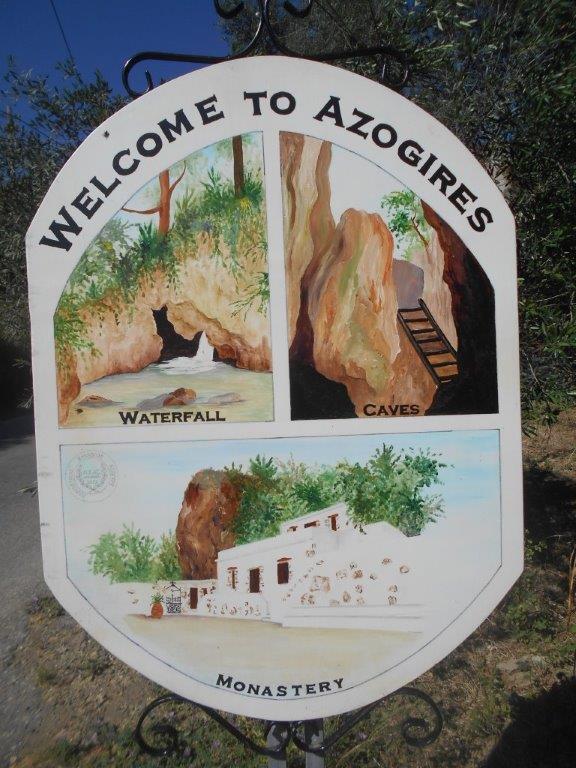
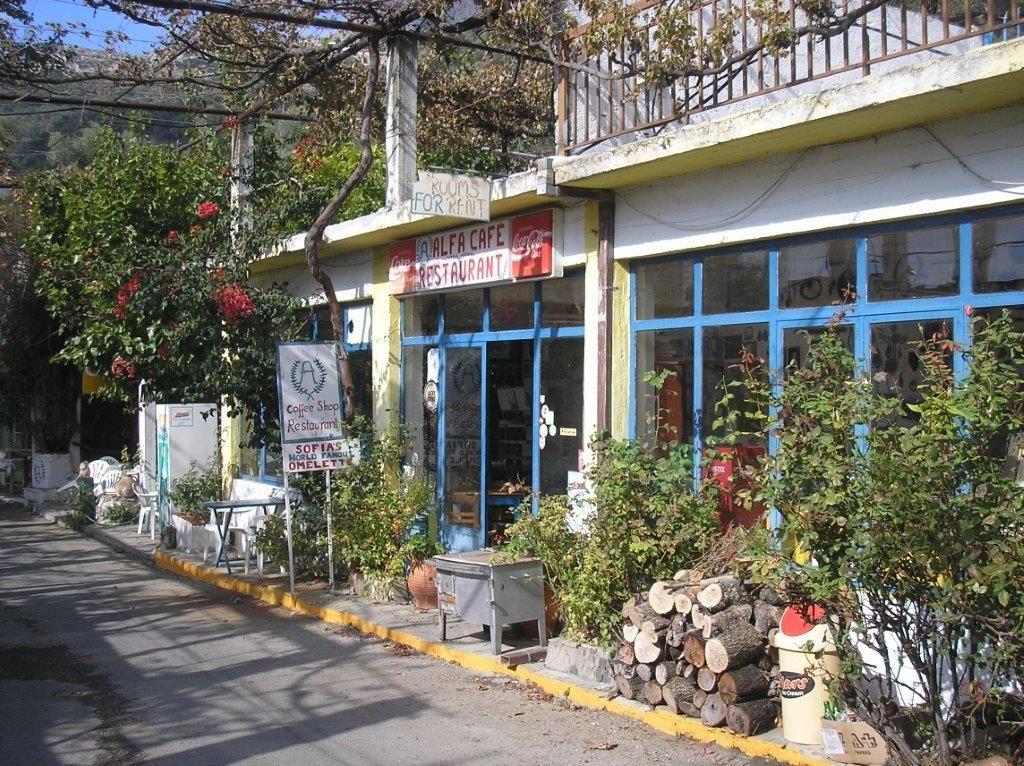
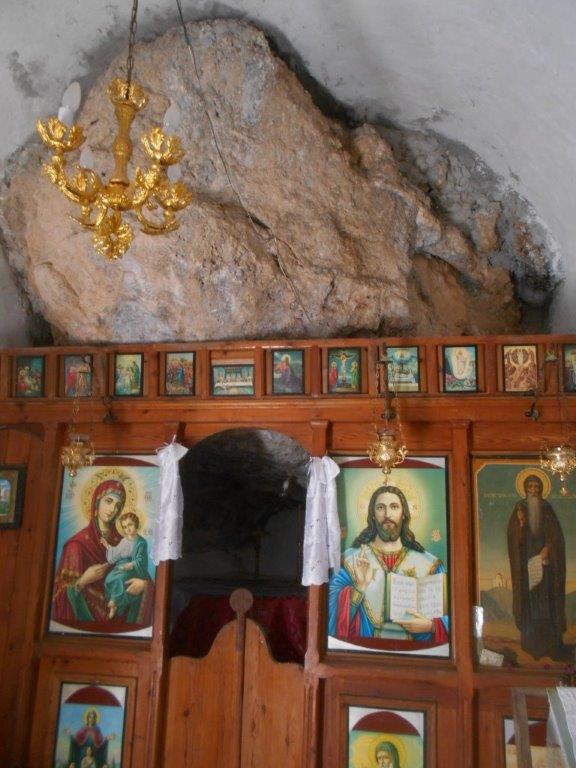
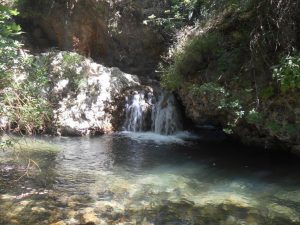
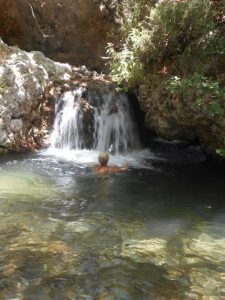
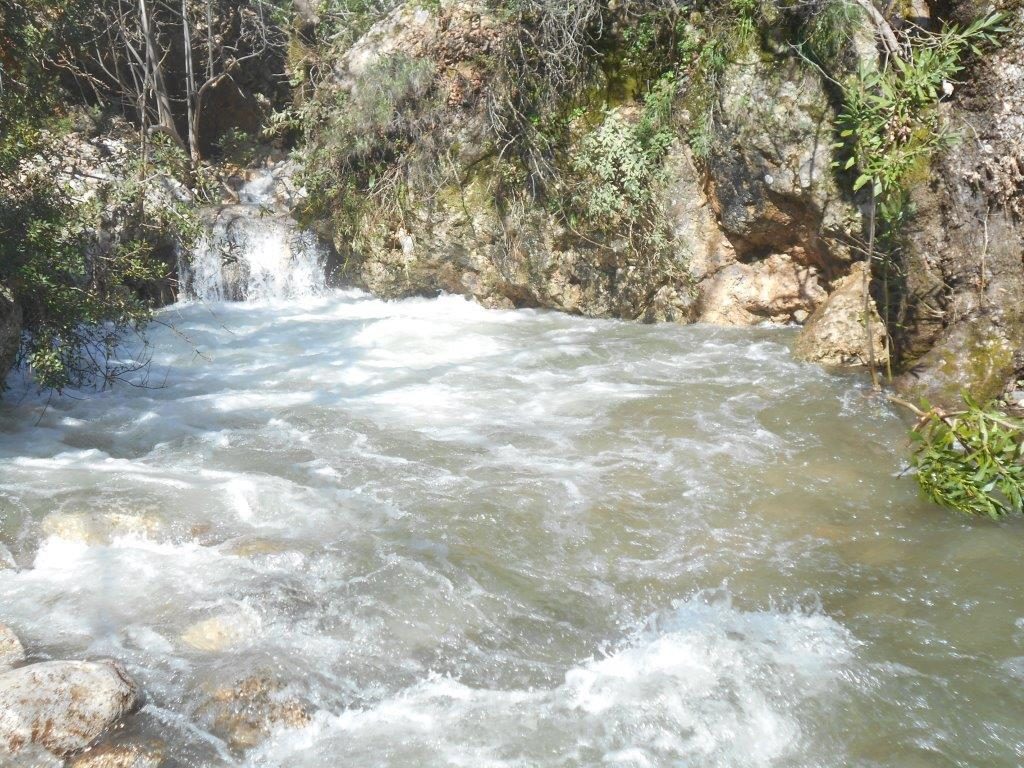
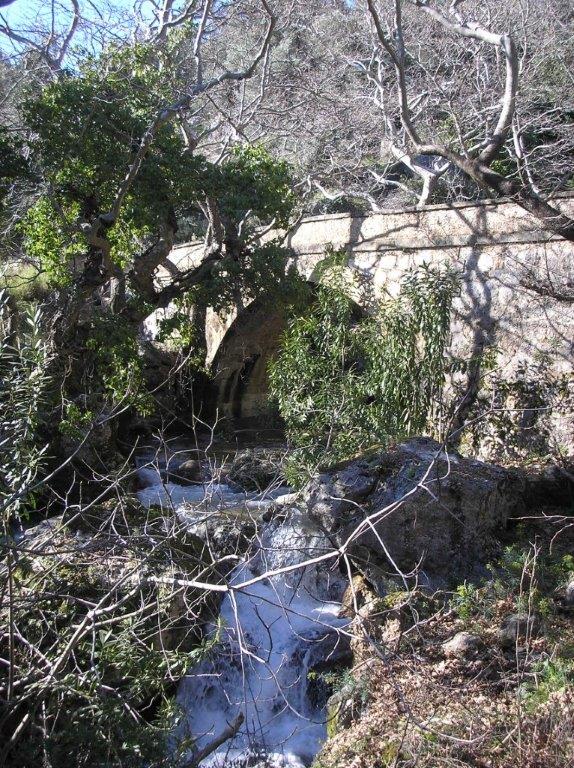
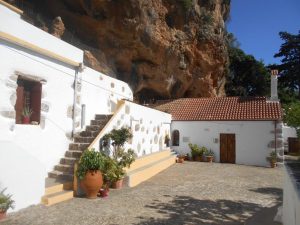

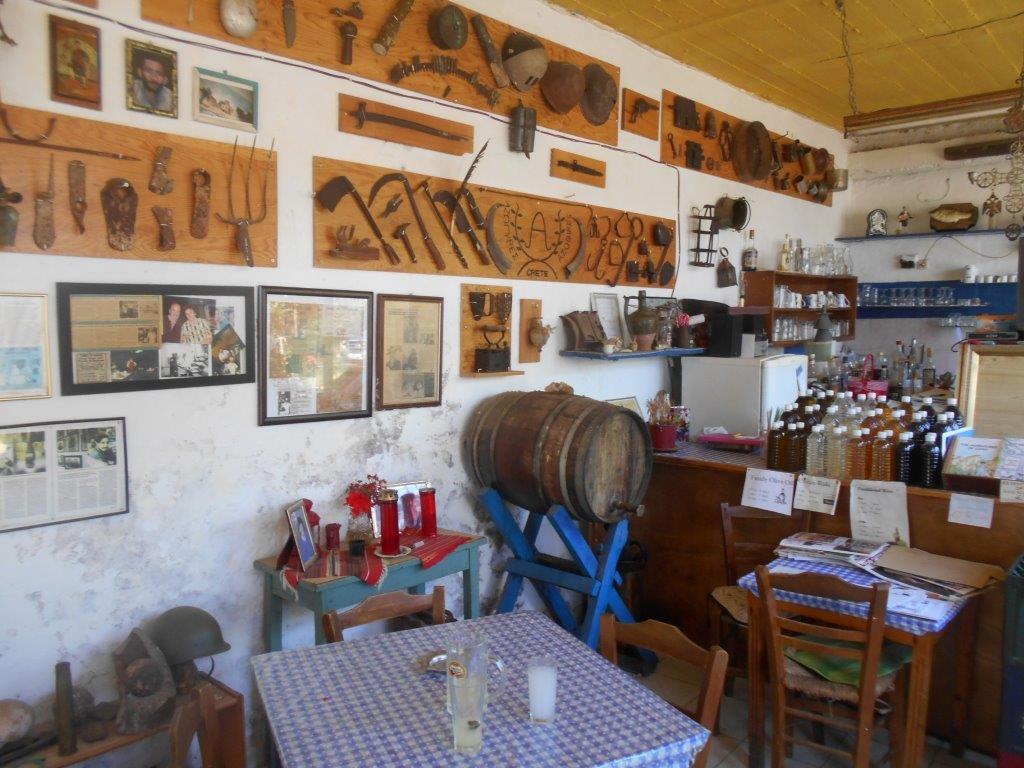

Recent Comments